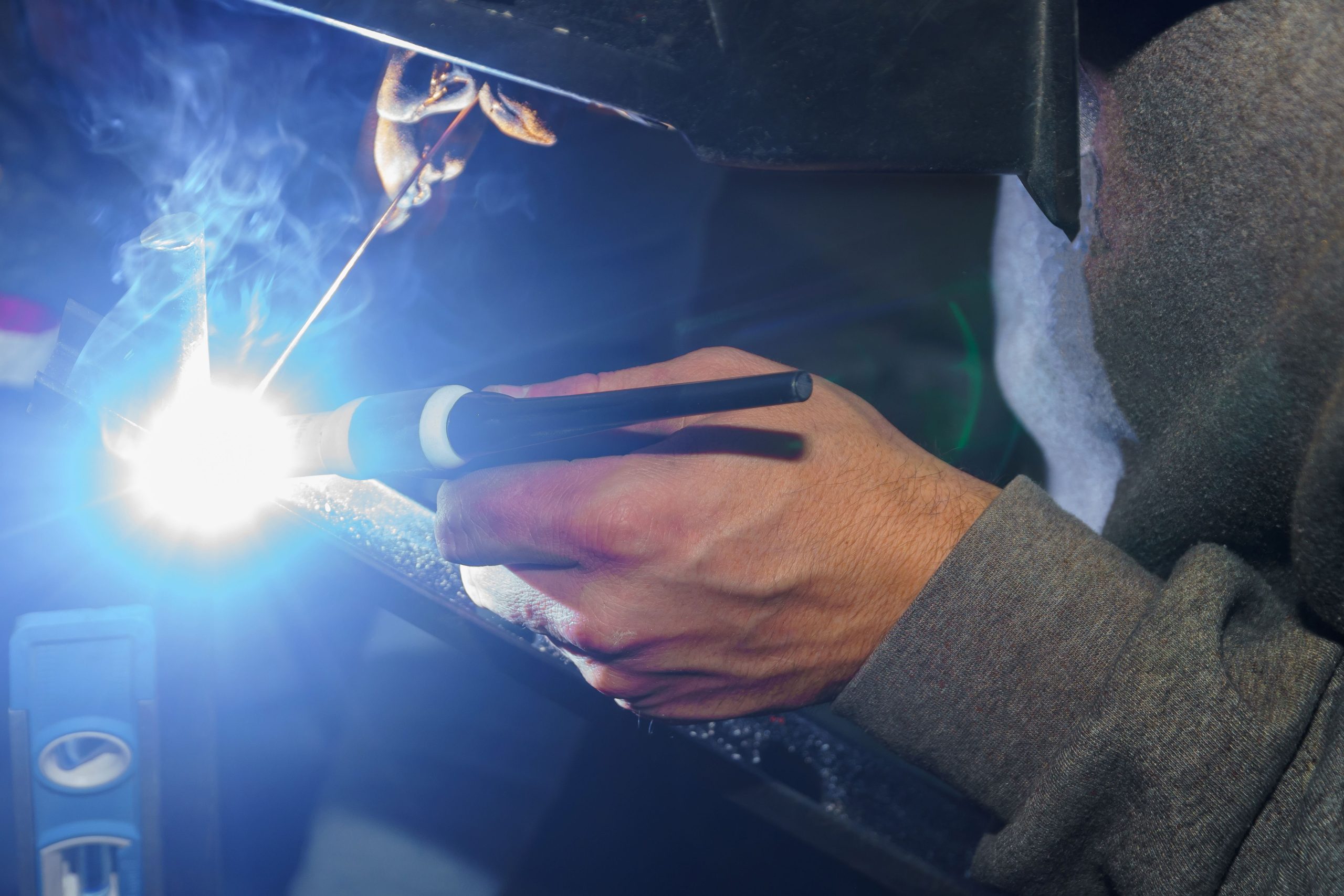
Uncover TIG welding and why it is the best choice for aluminium parts in Melbourne. Learn about its precision, quality, and versatility for superior welds.
As the demand for high-quality aluminium components continues to rise across various industries in Melbourne, understanding the best welding methods is essential. TIG welding serves as an ideal choice for aluminium fabrication due to its unmatched precision, excellent control, and ability to produce strong, aesthetically pleasing welds.
The General Process of TIG Welding
TIG welding, or Tungsten Inert Gas welding, is a versatile and high-precision arc welding process that uses a non-consumable tungsten electrode to produce the weld. The process involves creating an electric arc between the tungsten electrode and the workpiece, which melts the base metal and forms a weld pool. An inert gas, typically argon or helium, is used to shield the weld area from atmospheric contamination, preventing oxidation and ensuring high-quality welds.
The tungsten electrode used for the TIG welding does not melt during the welding process, allowing it to maintain its shape and provide a stable arc. And although filler material can be added to the weld pool as needed, it can also be performed without it, allowing for greater flexibility in joining metals.
Some notable materials that can be subjected to TIG welding are stainless steel, aluminium, copper, and even thin sheets of metal.
TIG Welding Aluminium Components
One of the materials that can be processed with TIG welding is aluminium. TIG welding is particularly well-suited for aluminium components due to its ability to produce high-quality, precise welds with excellent control over the welding process.
Here are several reasons why TIG welding is ideal for aluminium.
• Precision and Control: TIG welding allows for fine adjustments to the heat input. This control helps prevent warping and distortion of the thin sections common in aluminium components.
• High-Quality Welds: The process produces aesthetically pleasing welds with minimal spatter and oxidation. This is especially important for visible parts or applications where appearance matters.
• No Flux Required: Unlike some other welding methods, TIG welding does not require a flux material. Instead, it uses an inert gas (argon or helium) to shield the weld area from contamination, resulting in a cleaner weld with less post-weld cleanup.
• Versatility with Filler Materials: TIG welding can easily accommodate different filler materials, allowing for the use of various aluminium alloys. It helps in ensuring compatibility with specific applications and achieving desired mechanical properties.
• Minimal Heat Affected Zone (HAZ): The focused heat input of TIG welding results in a smaller heat-affected zone compared to other methods. This characteristic is beneficial for aluminium, as it reduces the risk of weakening the material and minimising changes in grain structure.
• Less Oxidation Issues: Aluminium forms a protective oxide layer when exposed to air, which can cause problems during welding. The inert gas shielding used in TIG welding protects the weld pool from oxidation, ensuring better fusion and weld integrity.
• Enhanced Properties: The welds produced by TIG welding can result in superior mechanical properties, making it suitable for applications where strength and durability are essential.
TIG welding’s precision, quality, and versatility make it the preferred choice for welding aluminium components. If you need help with TIG welding aluminium parts, contact Semtool Engineering today.